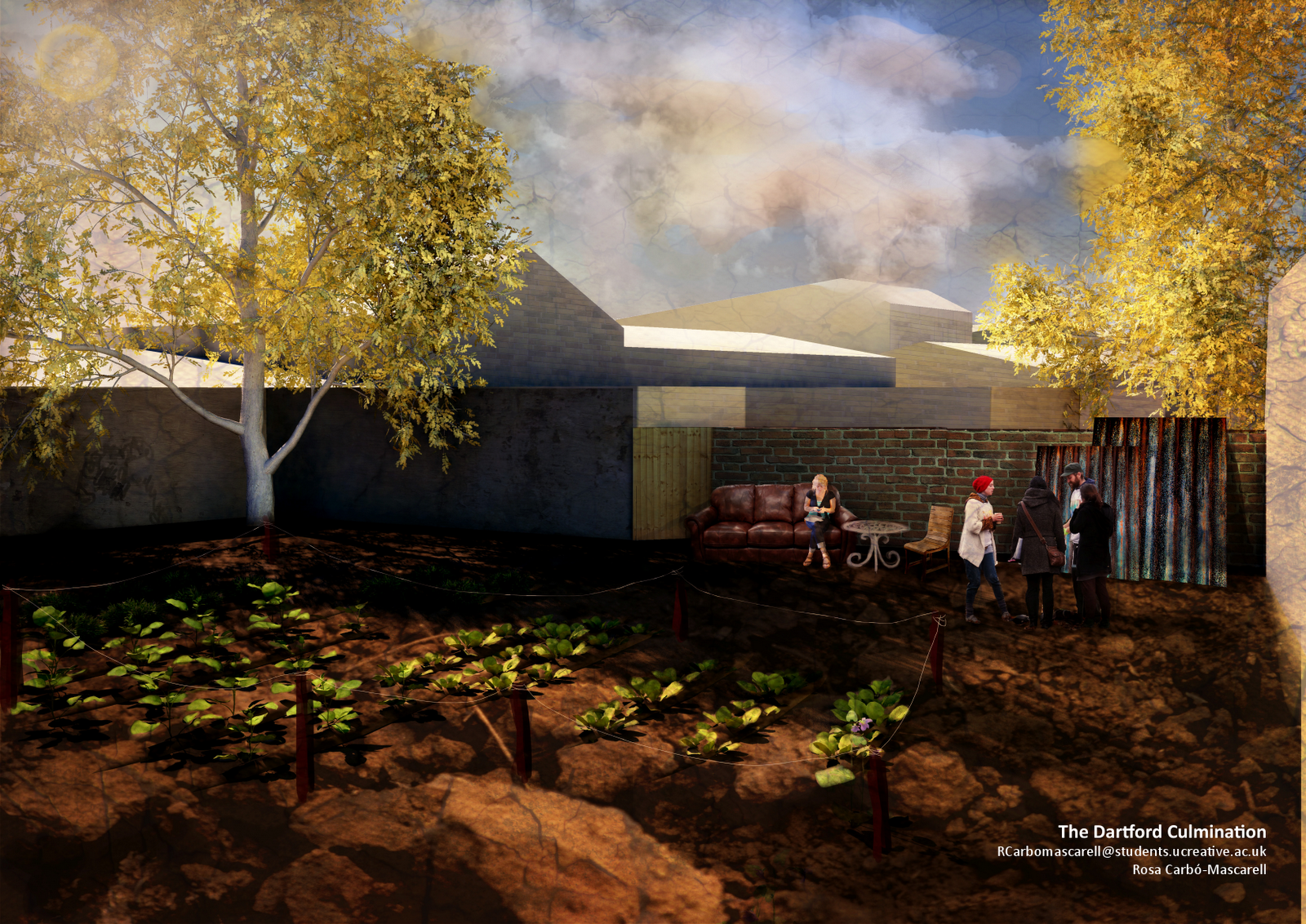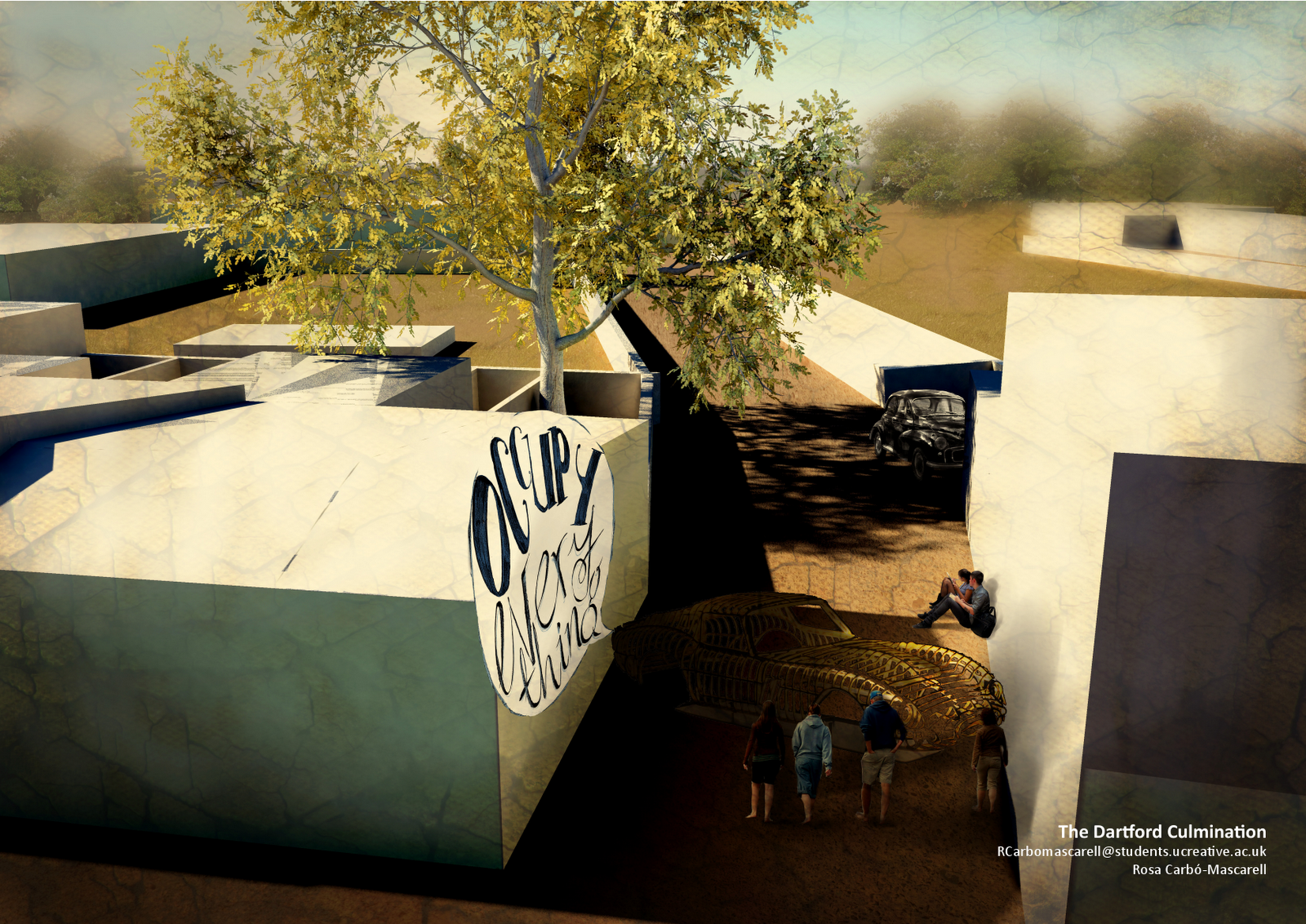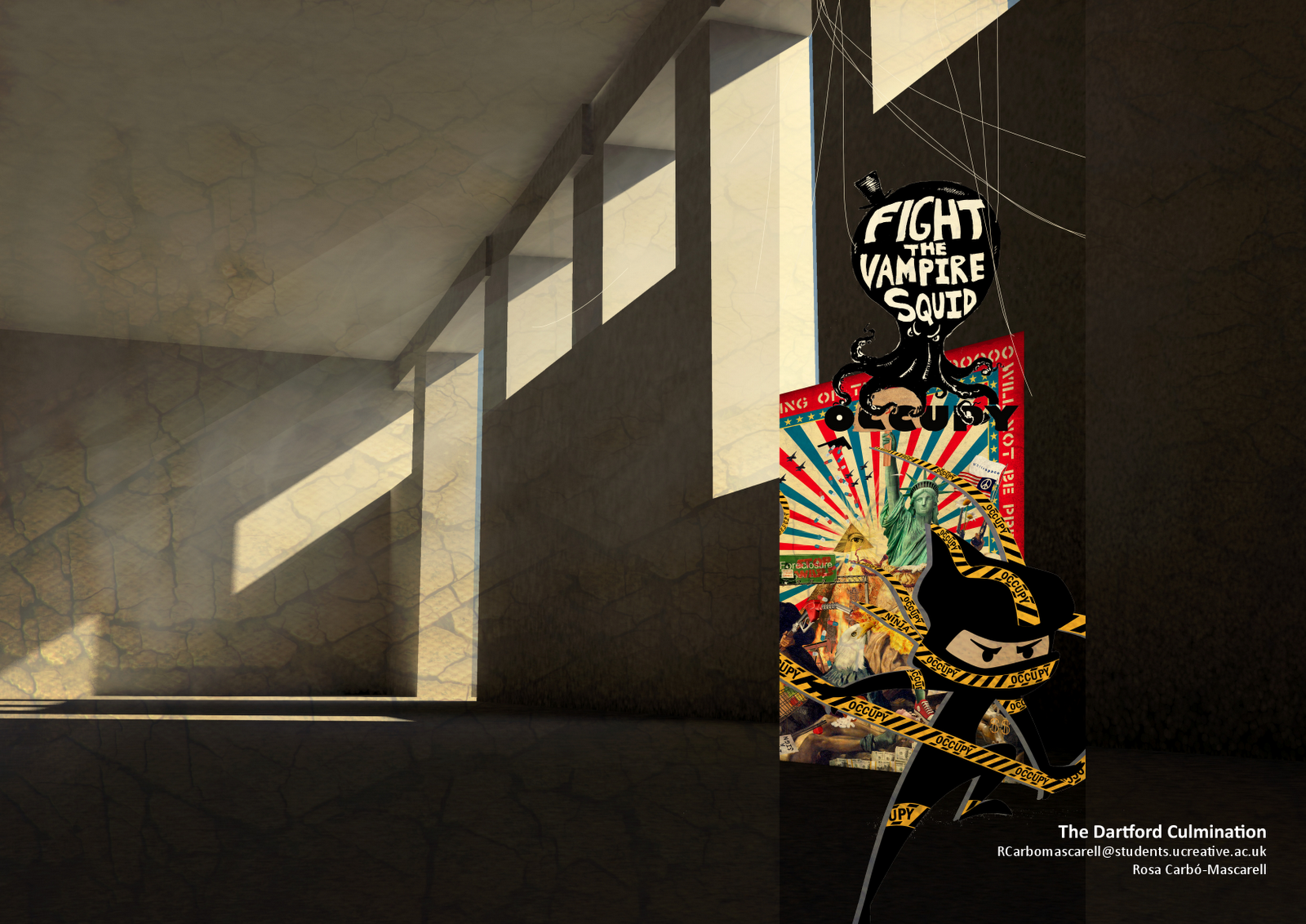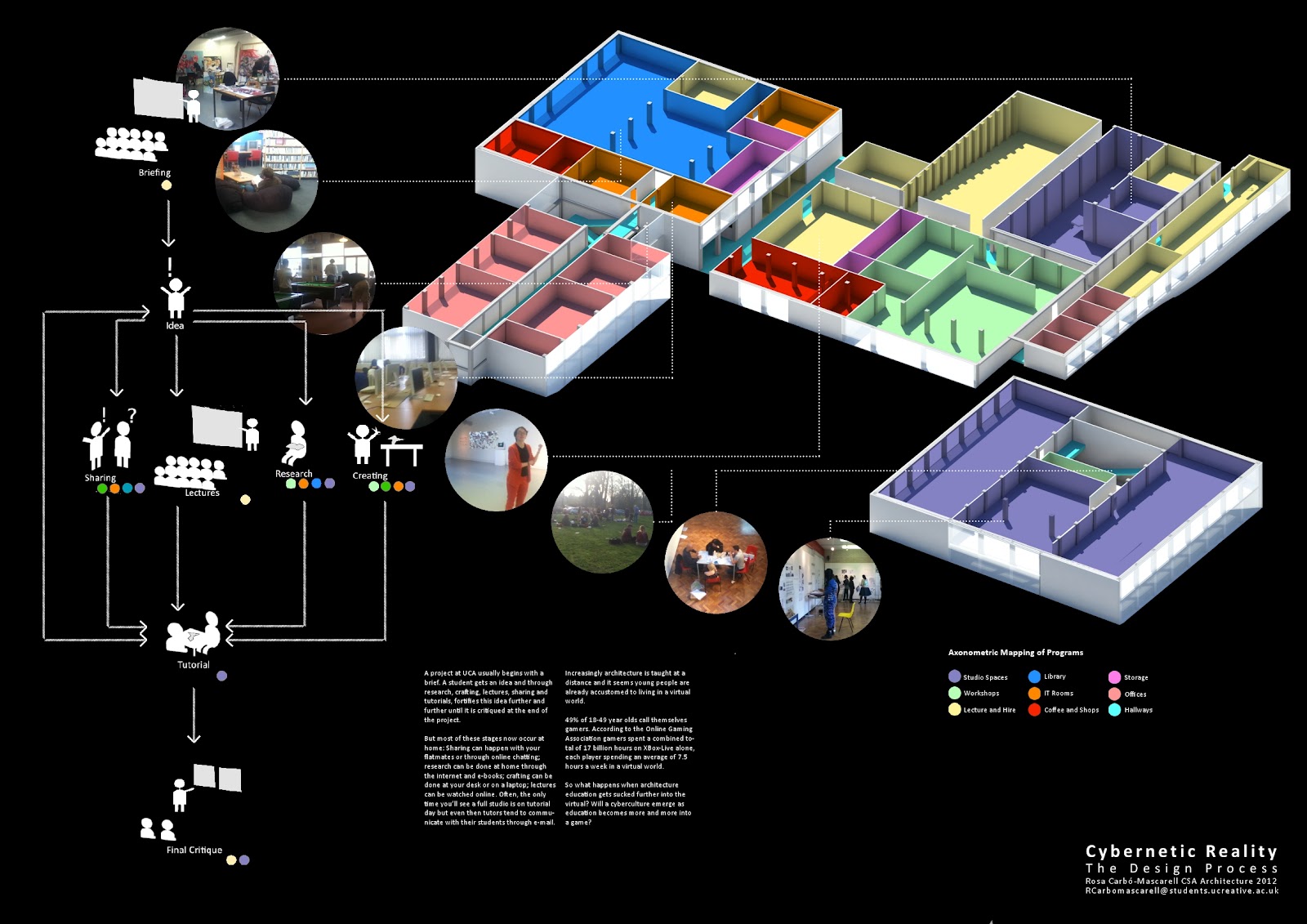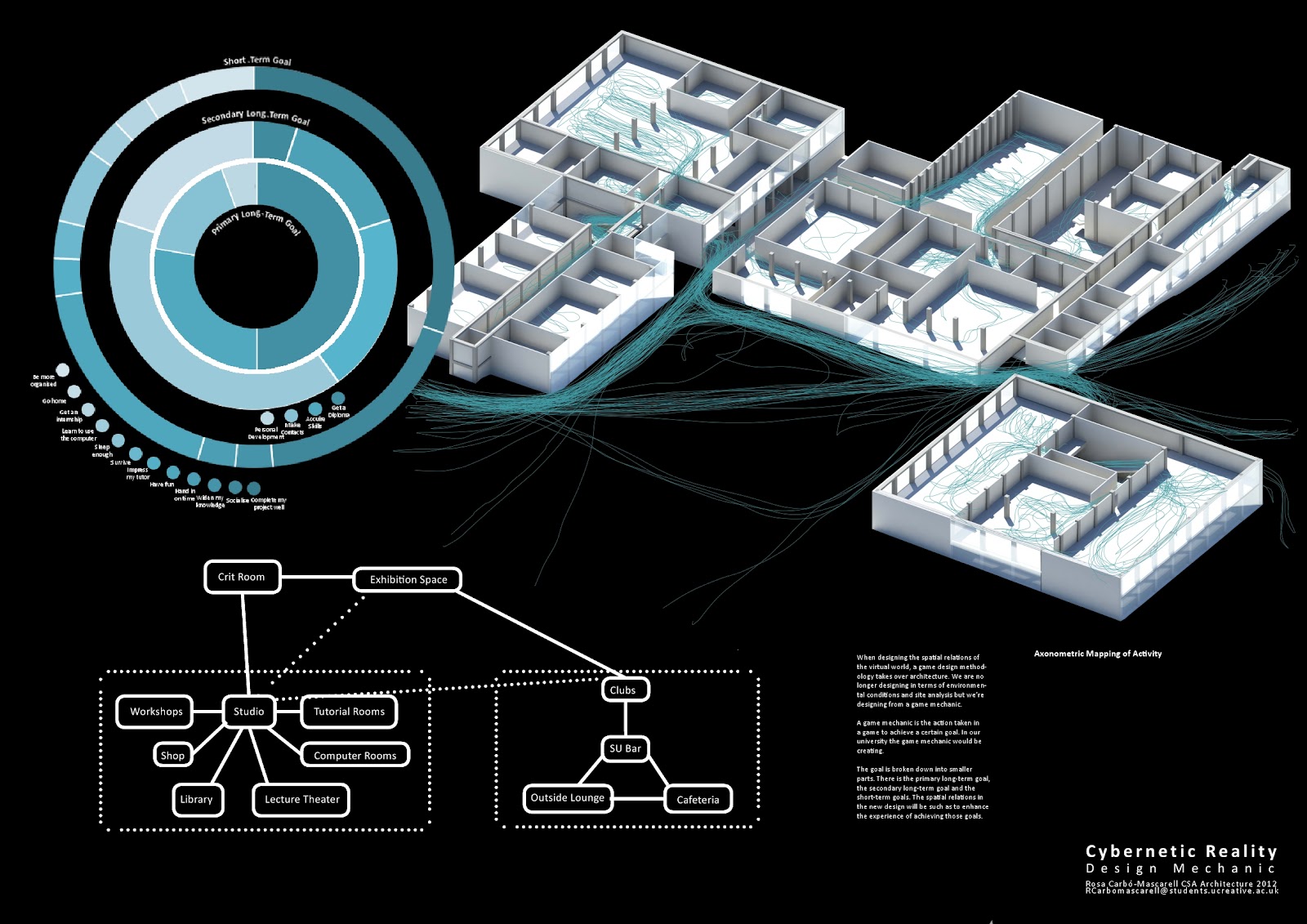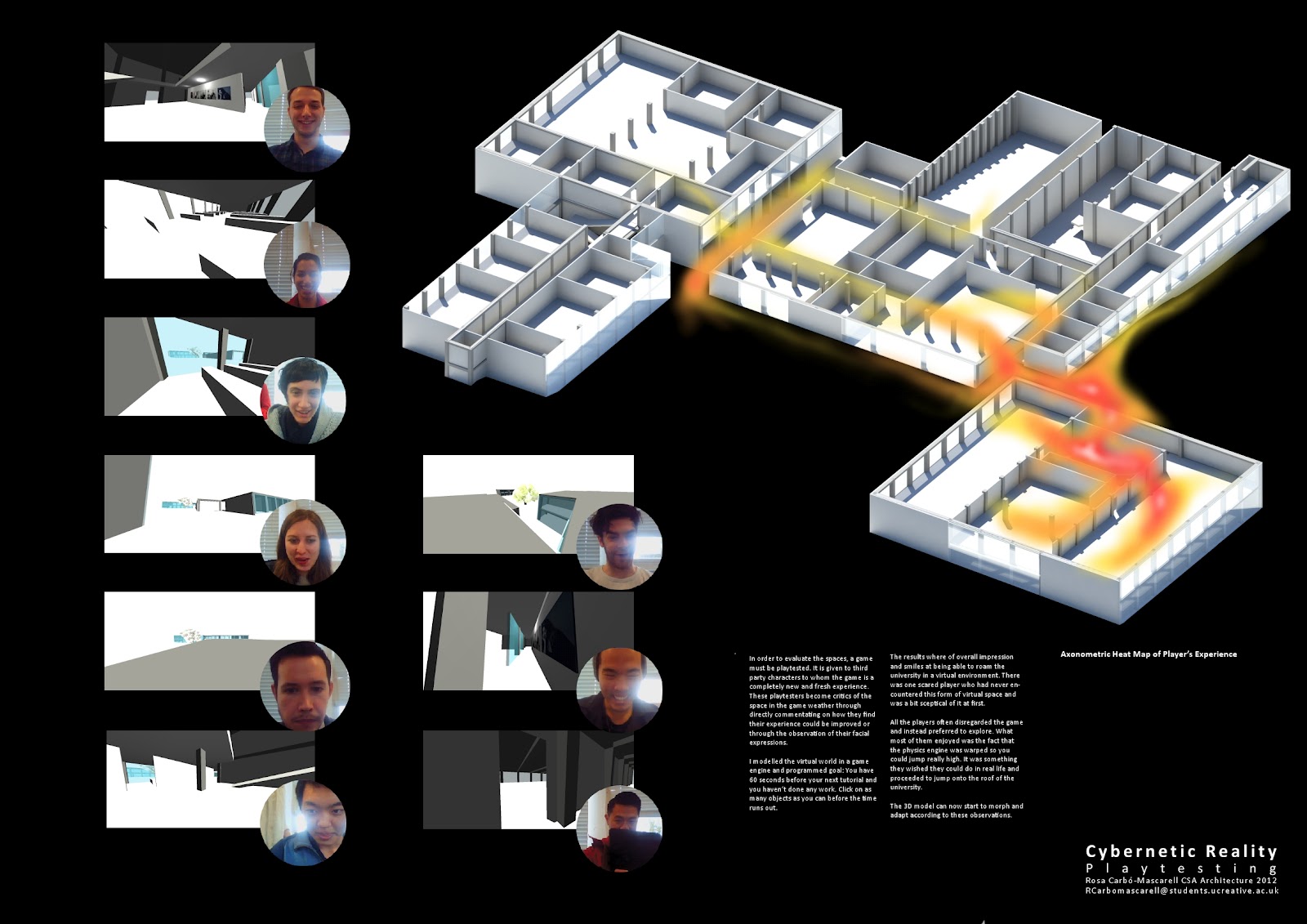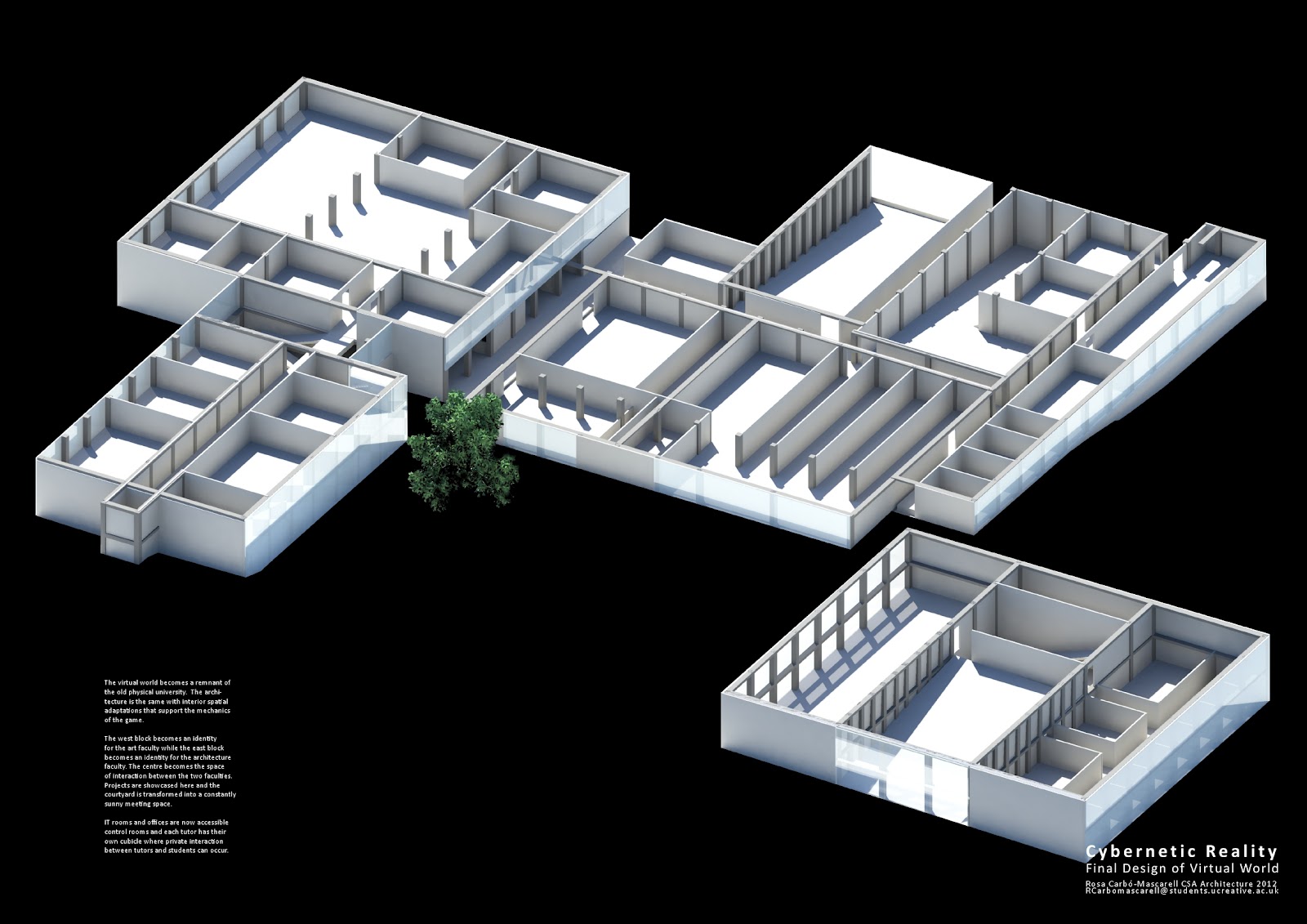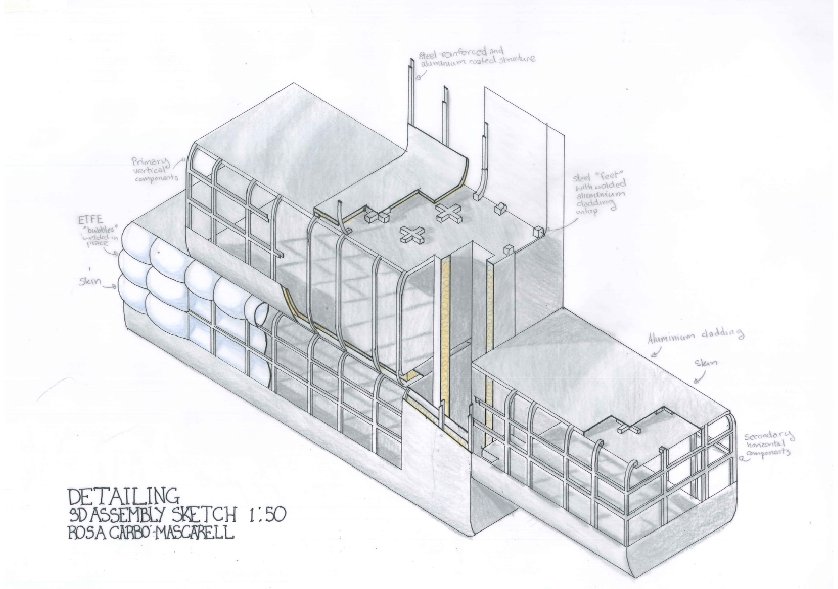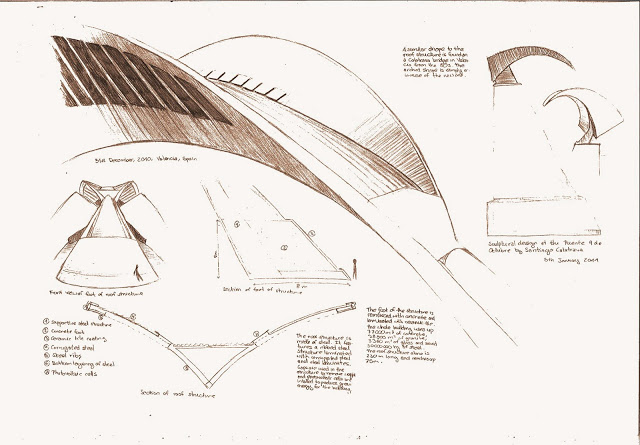We've been asked by our head of year to relate our proposals for the Barbican to the London 2012 Olympics. Not being either from the UK or interested in sports (unless it has the word "electronic" in front of it), this new add on stood out to me like a florescent pink post it note on a monochrome helvetica brief. How are the London Olympics relevant to the Barbican, aside from the fact that they are both in London? After an inspiring debate on this issue with the head of year I accepted that this pink post it note was not going to go away and I would have to find a way to work around it. In fact, it might be a way to make my project stronger.
In my last tutorial with Alex and his colleague David, I was criticized for not being convincing enough that a society connected to a simulated utopia was a possible future. I realised that talking to them about gamer lifestyles, internet communities and online worlds was still very alien to pure architects. This is where the Olympics come in. In the words of our head of year: they are a phenomena that everyone has experienced. Question being, how did the majority of people experience it? Standing in the stadium or sitting in front of a screen? Is this image of the Olympics, streamed "live" on your laptop screen from some online website or on your tv screen from a sports channel, not a simulation? And is the experience of watching these not a small, virtual piece of utopia?
I do not wish to make the architecture respond to the re-experiencing of the Olympic games. That would be dooming the project to a very short life span and it would limit it from reaching the richer philosophical questions that make it a more interesting project. Rather the Olympics serve as an anchor for pulling the project back into the real. It helps demonstrate the importance of the screen in our experience of the world; the dominance of connectivity to a network that may or may not be a simulation; those feelings of loss and constriction that occur after you step out from an 8 hour online game or the Olympic show ends.
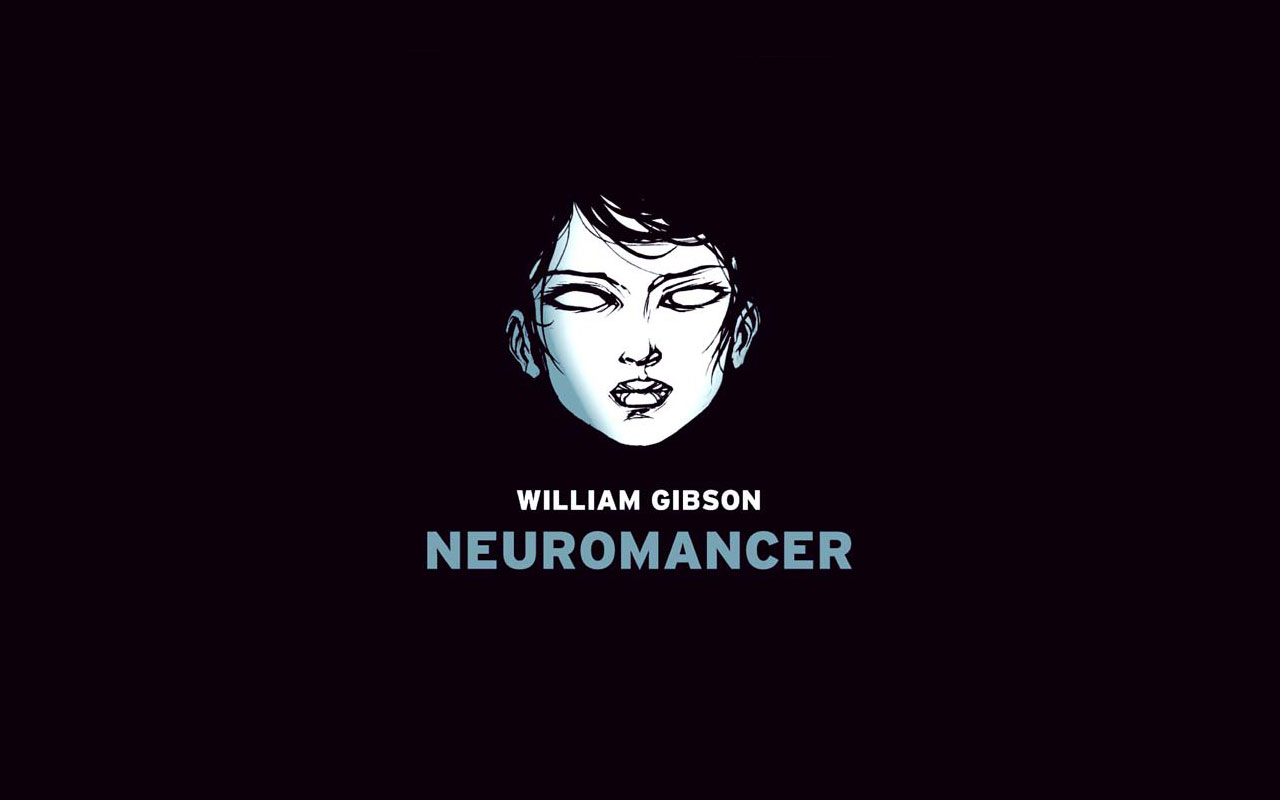


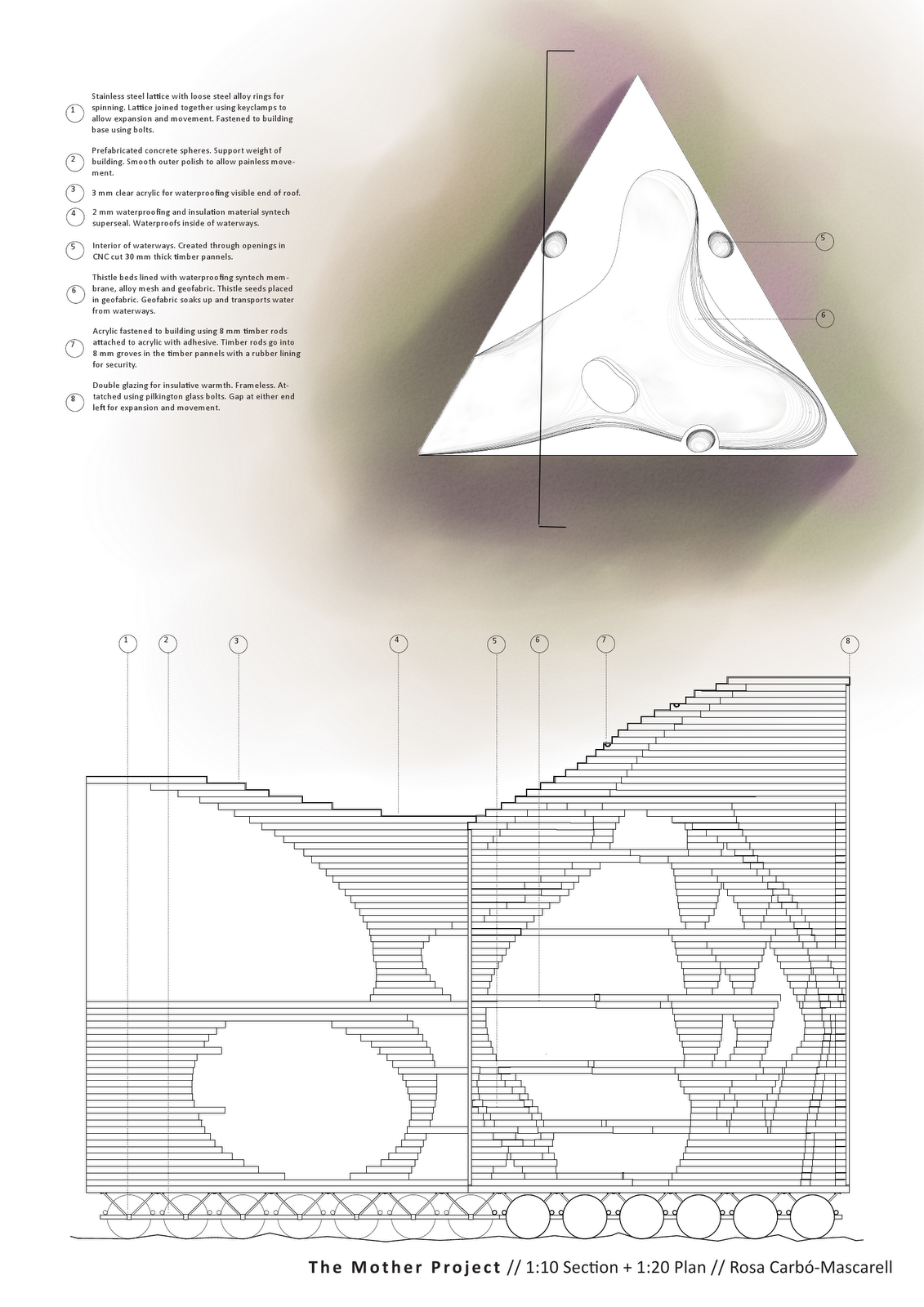
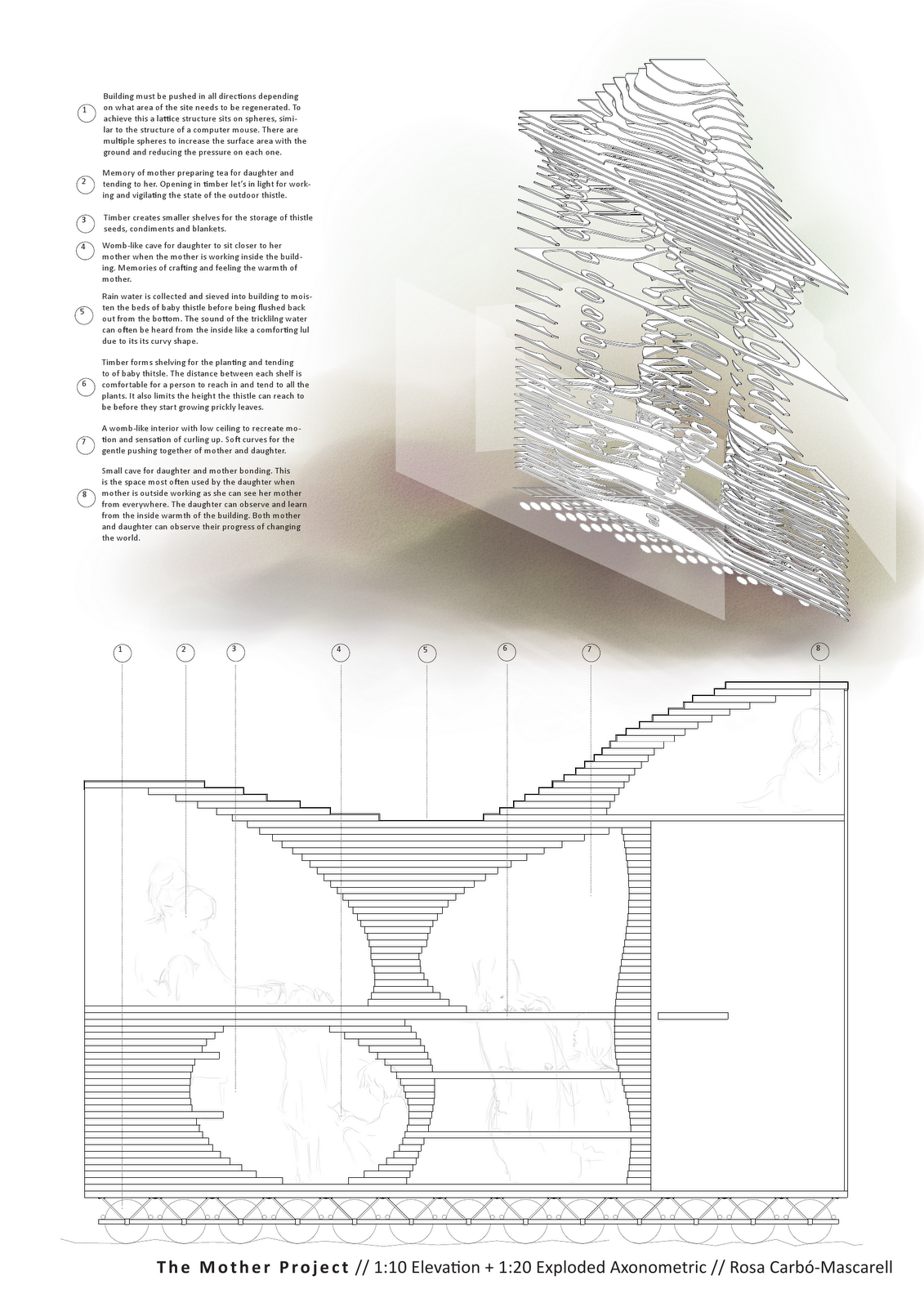
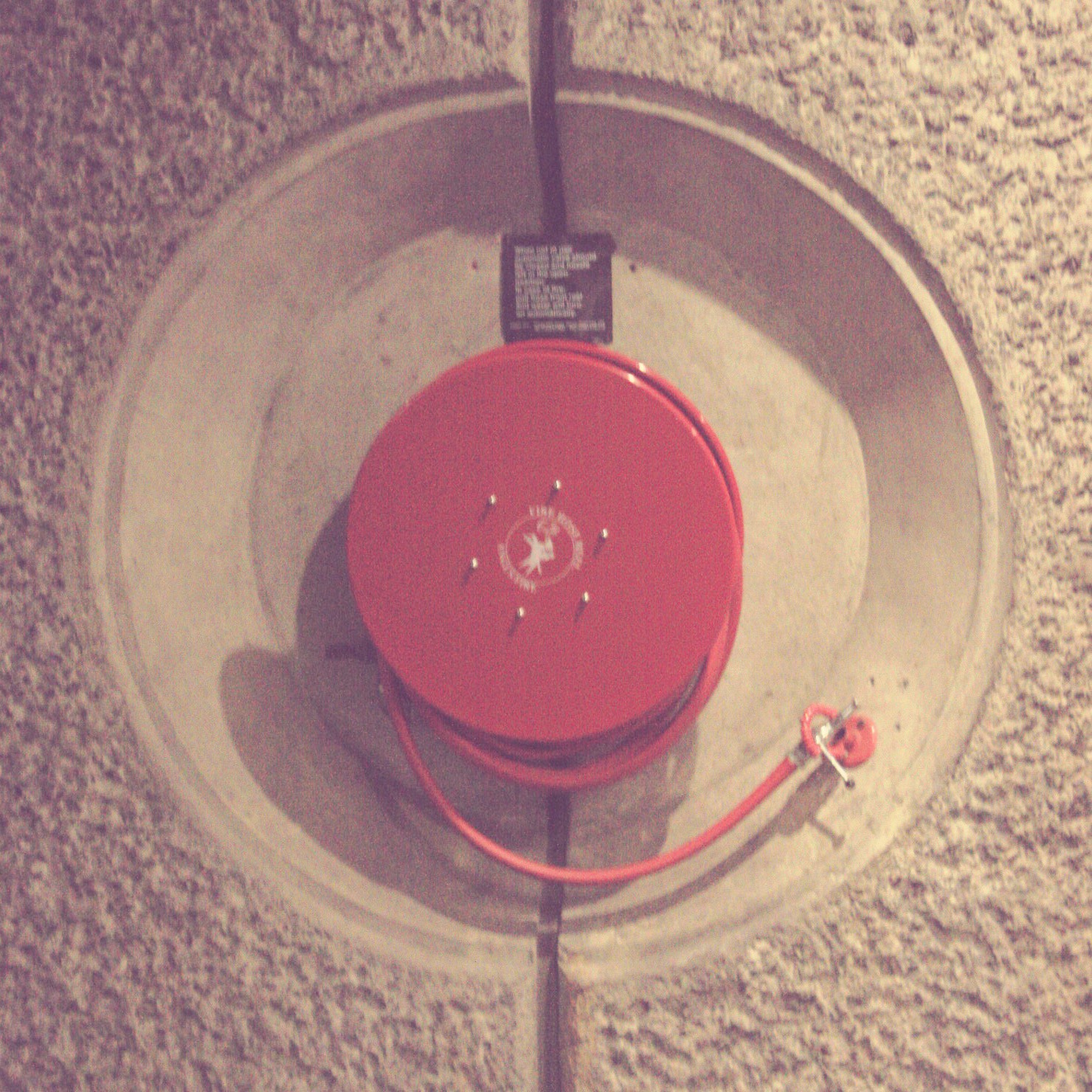
![IMG_0196[1]](https://rosacarbo.co.uk/wp-content/uploads/2016/03/IMG_01961-300x300.jpg)
